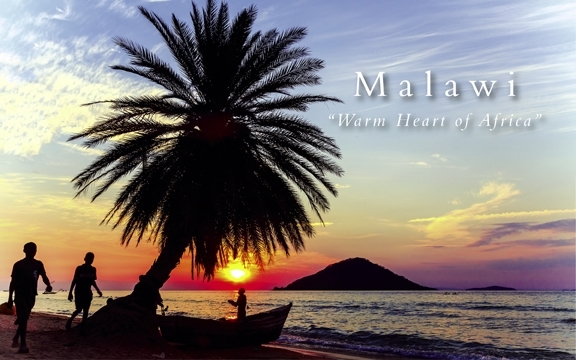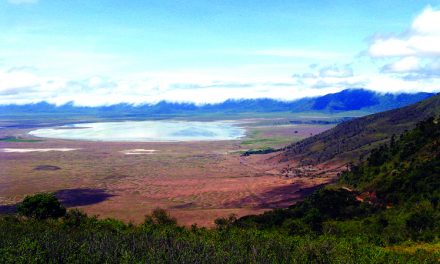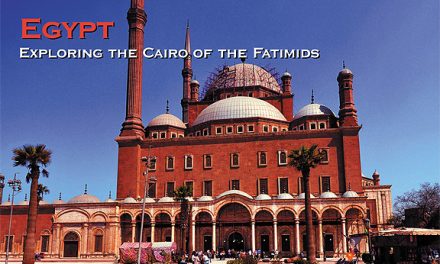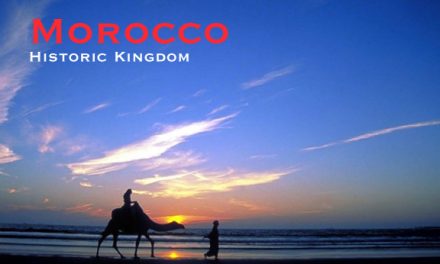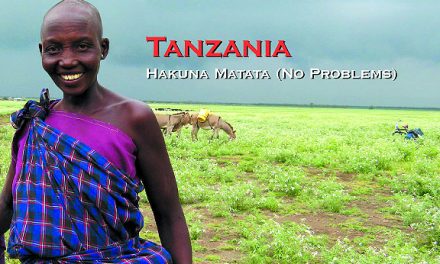Malawi
“Warm Heart of Africa”
by Olivia Balsinger

You can spend an eternity in Malawi and not discover it all. Though it may be small in physical size, this southern African is a fascinating country that is just as culturally diverse as it is geographically diverse. Amidst a mountainous landscape and verdant scenery lies Africa’s third-largest lake: Lake Malawi, a stunning mass of water that is home to a wide array of wildlife and where a plethora of activities take place like swimming, diving and hiking. Though Malawi hasn’t always been recognized as a safari destination, luxury lodges are becoming more prevalent. And I would be remiss to not mention the welcoming, kindhearted people of Malawi—after all, it is nicknamed “Warm Heart of Africa” for a reason. I recently spent a week discovering the magic of Malawi and the following are my recommendations.
Kumbali Country Lodge
Just ten minutes away from Malawi’s capital city Lilongwe, at the end of a peaceful tree-lined road, lies Kumbali County Lodge. Located on a forest reserve and daily farm, the lodge’s 650-hectare property provides a gorgeous setting to enjoy nature walks, exotic bird and wildlife spotting, or guided tours down the Malawi River. A short, rather beautiful walk brought me to Malawi Cultural Village, where I entirely immersed myself in the country’s traditional food, dancing, singing, drumming, and arts & crafts; there is also the Permaculture Center, which offers education on practical solutions for the growing food crisis on both the national and international level. A perfect stopover for excursions down Lake Malawi, the lodge boasts cozy accommodations in sixteen thatched suits that include ensuite bathrooms and private verandas, as well as world-class cuisine in their onsite restaurant.
Nkhotakota Wildlife Reserve
In the eastern region of Malawi, nestled in the Chipata Mountain range is the Nkhotakota Wildlife Reserve, whose miombo forests feed of a vast network of rivers running along a rolling, verdant hillside. The reserve is home to over 280 bird species, making it one of the most important aviary habitats in the country. More recently, in July and August of 2016 and 2017, Nkhotakota became poised as one of Malawi’s most important wildlife sanctuaries, when it hosted a translocation of 520 elephants and more than 1,400 game animals from areas such as Liwonde and Majete. This historic transfer came after decades of poaching and timber harvested, which left many key mammal species scarce and its natural habitat destructed. Today, however, the 19,000-hectare sanctuary allows for the safe reintroduction of species, and promotes sustainability within the local communities to combat issues of poverty, hunger, poaching, and environmental destruction.
Tongole Wilderness Lodge
Located deep within the woodlands of the Nkhotakota Wildlife Reserve, the oldest National Park in Malawi, is the Tongole Wilderness Lodge. A model of eco-tourism, the lodge’s commitment to local sustainability and wildlife conservation, as its provision of employment opportunities has brought substantial amount of hope and pride to a deprived part of the country. Billed as one of Africa’s and possibly Malawi’s last remaining pristine, unexploited wilderness, this high-end lodge poised on the forested banks of the Bua River was the perfect haven to call home during my safari. It was a perfect mix of all—I was able to partake the activities offered onsite, such as wildlife safaris, fly fishing, fly camping, and canoe tours. Lodging consists of four luxury riverside suites, with options for a super king-sized bed or two twin beds, perfectly accommodating two adults. The ensuite spaces come equipped with a spacious shower, twin marble basins, and hand-built sunken bath that doubles as a plunge pool.
Mumbo Island
Situated in the middle of Lake Malawi is an unspoiled, deserted tropical island, whose pristine topography offers an off-the-grid getaway, with accommodations that are both extremely comfortable and inspiringly eco-friendly. The camp ground itself is perched on high, overlooking jagged rocks and tranquil water. It is built of timer, thatch and canvas, and only uses furnishings that were locally sourced, made either in the village or in Malawi. It is a small camp, catering to fourteen people, with three reed chalets and two walk-in tents. Each chalet comes equipped with an en-suite bathroom, deck with a hammock and a breathtaking view of the placid waters. There is also a dining area with a lounge, where I’d enjoy a refreshing drink under the shade of a baobab tree, and relax after participating in one of the camp’s many activities, such as kayaking, scuba diving, snorkeling, and hiking.
Huntingdon House
It is hard to think of what could possibly be “off the beaten path” when it comes to a safari — an event that is itself one of the most unique experiences that someone can treat themselves to during their lifetime. A stay at the Huntingdon House, however, may very well redefine the safari experience by offering lodging that is more akin to a bed and breakfast, rather than the traditional game lodges common to the area. The house was built in the mod 1930s, following the decision of its founder, Maclean Kay, to halt her journey home back to Scotland and begin instead a life in the African paradise that had come to love. Now known as the Satemwa Tea Estate, which also a working tea and coffee estate, the House is still run by Kay’s family. In fact, fourth generation Kays can commonly be seen picking flowers in the garden, or stealing cookies in the kitchen — a touching, familiar aspect that draws visitors to this gorgeous estate throughout the year. Five spacious rooms are yours to choose from—my favorite aspect was waking up to the smell of freshly baked biscuits every morn’.
Mvuu Lodge
Just of the Shire River, which runs through the western border of Malawi’s Liwonde National Park, sits Mvuu Lodge — an accommodation comprised of eight elegant lodgings where I would rest my head in luxury. Its situation high above the water allows for breathtaking panoramic views of the surrounding wilderness, where I bore witness to herds of majestic beasts gathering to feed, drink and frolic. The name Mvuu, after all, does translate to ‘hippo’ in Chichewa, attesting to the high numbers of the animals in the Shire River. Each lodge includes an ensuite bathroom facility, as well as a private viewing platform where you can daydream in the sun, gazing out upon the glistening lagoon.
Liwonde National Park
Despite its modest size of 220 square miles, Liwonde National Park in central Malawi is one of the area’s most popular game reserves. And although it does not have the largest number of big game animals compared to other African countries, it is nonetheless a national treasure not to be missed: due to the River Shire flowing along its western border, Liwonde attracts a large number of hippos and elephants, as well as kudu, sable, and bushbuck. There is also an impressive population of elephants, as well as the occasional leopard, hyena, lion, and black rhino spotting — the latter of which was recently re-introduced into the habitat. The park’s smaller size allows for a more intimate safari experience compared to other parks in the area. Liwonde is also a haven for bird enthusiasts, with one of the best year-round bird watching opportunities throughout Central and Southern Africa. Rare species that call Liwonde home include the Livingstone’s Flycatcher, Pel’s Fishing-Owl, Spur-winged Lapwing, Lillian’s Lovebird, and the elusive Brown-breasted Barbet. The park may be accessed via Malawi’s capital city Lilongwe. The most common option for visitors, however, is to travel via chartered plane from Blantyre — a 30-minute journey.
Getting There
Though it may feel like an isolated and unspoiled area of the world, travelling to Malawi from North America is actually quite simple. Travelers can fly to Johannesburg on South African Airways (SAA) and then take a connecting flight to either Lilongwe or Blantyre.
www.malawitourism.com
Click on cover to view published article

